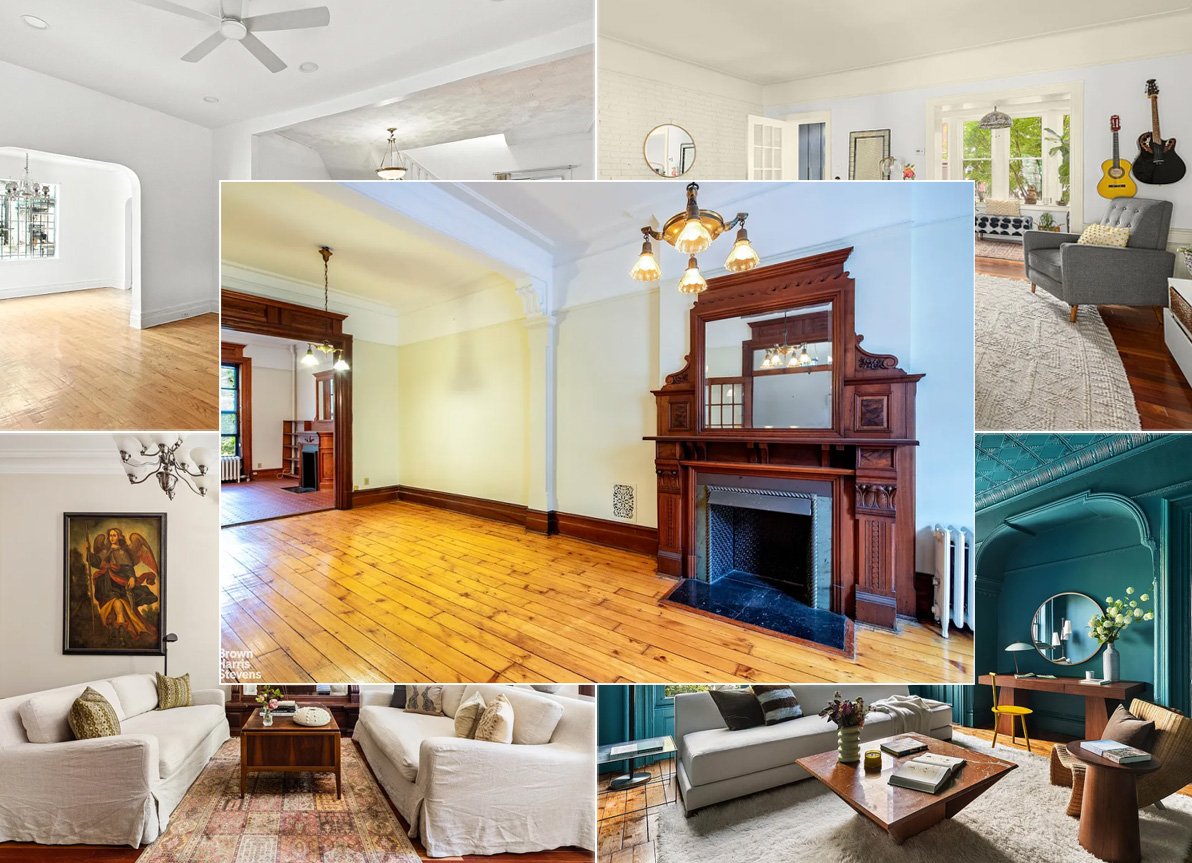Brooklyn Secret Agent: More Brooklyn Basement Musings
Today we bring you the tenth of an anonymous weekly column about real estate by one of the most experienced agents in Brooklyn: Last week I wrote about basements. Commenters were quick to point out that the proper Department of Buildings terminology for the entirely underground space I discussed is cellar. Basement refers to space which…

 Today we bring you the tenth of an anonymous weekly column about real estate by one of the most experienced agents in Brooklyn: Last week I wrote about basements. Commenters were quick to point out that the proper Department of Buildings terminology for the entirely underground space I discussed is cellar. Basement refers to space which is partially underground but does have windows.
Today we bring you the tenth of an anonymous weekly column about real estate by one of the most experienced agents in Brooklyn: Last week I wrote about basements. Commenters were quick to point out that the proper Department of Buildings terminology for the entirely underground space I discussed is cellar. Basement refers to space which is partially underground but does have windows.
What is possible and or legal in terms of usage for Brooklyn basements? This is a complicated question. Buyers and sellers want simple answers but there are none. I’ll mention a few situations which recur frequently to try to shed some light.
In a classic high stoop brownstone the floor commonly called the garden level is almost always legal living space. Hence the garden apartment. Typically there are only a few steps down into that floor, more than 50 percent of the floor-to-ceiling height is above grade, there is more than one means of egress, and there is a cellar below with the building mechanicals.
In a low stoop house (often limestone and usually built 20 to 30 years later than the brownstones), things are much murkier. The under-stoop floor is usually the lowest level of the house and there is no cellar. The floor-to-ceiling height is more than 50 percent below grade and the mechanicals are on this level.
Until about 10 years ago the Department of Buildings did not recognize this as legal living space and so it wasn’t legit to have a rental apartment there, although there were many in existence. However, now with a significant amount of excavation at the front and the rear, the DOB has issued certificates of occupancy for such spaces. The caveat is that it is not assured that you’ll get that CofO for a low level apartment. I have seen it go for and against a homeowner in very similar buildings.
Often a buyer assumes that an existing under-stoop apartment is legal; that legality is far from assured. When rental income is an important part of the buying decision, it is incumbent on the buyer to research the CofO. If there is none, only a DOB search will give you the true answer. A good listing agent will have done this research before showing the house.
A third basement situation which causes untold grief for buyers and sellers is the existence of bedrooms in below-grade spaces. Lots of new condos have units which are duplexes with the lower floor largely underground. Those spaces are clearly labeled “recreation room.” With insufficient means of egress, it is not legal to use them as bedrooms. But, once someone is living there, they inevitably become a bedroom or two. Then when they want to sell the apartment they want to price it as a three- or four-bedroom, not the two-bedroom plus rec room that it legally is. That’s understandable since the premium for a three-plus-bedroom is large. But once the offering plan is inspected by a buyer, it will come out that this is a misrepresentation. I’ve lost many a listing by pointing this out, but there are plenty of brokers who willingly call it what the sellers want.
These tricky issues are one of the reasons you need a good real estate lawyer. My musings are purely anecdotal, culled from 18 years of transactions. I hope the anecdotes help buyers and sellers avoid some pitfalls.





In the days before Brooklyn was the place to live, the DOB was more assiduous in enforcing the code. I had an examiner question a walk-in closet in a design, suggesting that it was really an illegal bedroom. Similiarly there was a time when there were only certain room labels that could be used – living room. Bedroom, dining room, kitchen, bathroom. If you called a room a study, the DOB would make you change it into a living room or bedroom. Eventually the real estate interests forced a change so we now have windowless spaces that are called recreation rooms or home offices. As pointed out above, most become used as bedrooms, quel surpris!